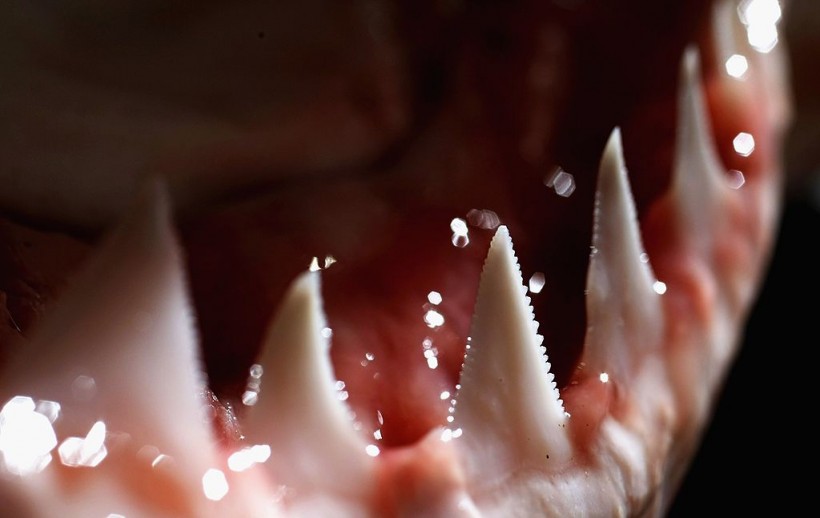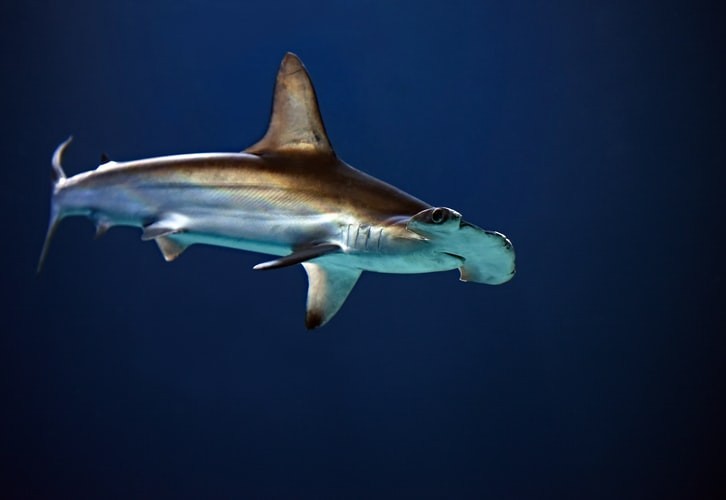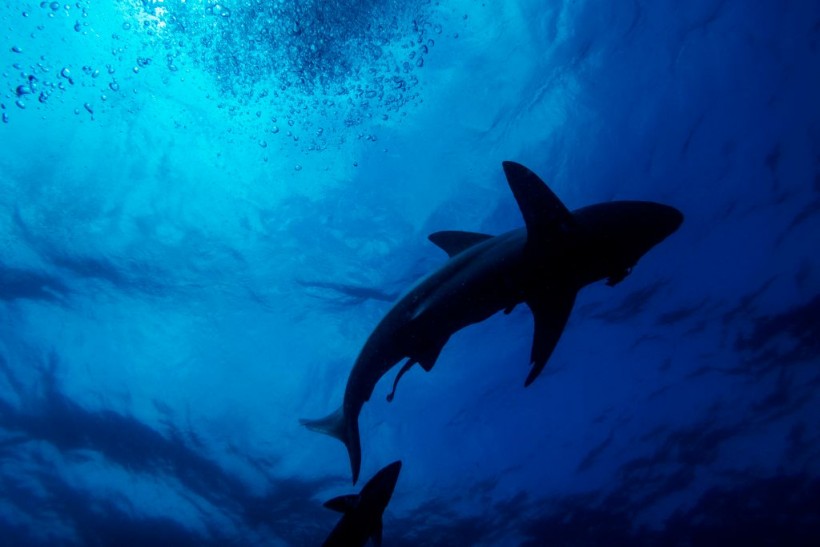Hammerhead or tiger sharks: which has a more powerful bite?
Two of the largest predatory sharks in the world have had their bite forces quantified for the first time in the wild by an underwater photographer.

Apex Predators
Sharks are renowned for their hunting skills as the top predators in the water, whether it be the Greenland shark's stealth ambush or the thresher shark's whip-like tail.
However, there is still a great deal that specialists don't understand about the creatures in motion, such as their top speed and biting force.
Most scientific understanding of biting force comes from computer modeling or trials with sharks in captivity.
According to Dan Huber, a scientist who studies sharks at the University of Tampa via the National Geographic, dealing with "live, huge, fascinating sharks in the wild poses substantial practical difficulties."
But Shark Explorers diving business co-owner and underwater photographer Brocq Maxey wants to take on that task.
In an experiment, Maxey captured the bite force of two of the biggest predatory sharks in the world: a great hammerhead shark and a wild, free-swimming tiger shark--in what is thought to be a first for both species.
Studying Bite Forces

According to Huber, who wasn't part of the new experiment, studying bite force helps scientists better understand how sharks' hunting techniques have changed over the past 400 million years to make them such effective predators.
The more information scientists have on sharks and their activities, the better their ability to create plans to preserve them, the scientist claimed.
This information is also crucial for conservation efforts.
Also Read: Sharks Have Been Around Longer Than Trees: 5 Astounding Facts About This Apex Predator!
Studying the Species
According to Huber, understanding what these dwindling species consume is crucial, especially because the tiger shark is classified as near threatened and great hammerheads severely endangered by the International Union for Conservation of Nature.
There will be severe consequences if a species that has evolved to specialize in a particular prey, such as endangered sea turtles, loses access to that food source.
Maxey ordered a specially-designed gauge to assess the power of the shark bites for the experiment.
He built it to be durable and sensitive enough to survive the strong teeth while still providing accurate readings.
Then, he lured sharks to the gauge using bait in the Bahamas.
A nine-foot-long tiger shark gave Maxey and his crew a reading of 864 pounds and a reading of 505 pounds from an 11-foot-long hammerhead.
The tiger shark possessed a biting force of 70% greater while being two feet smaller than the hammerhead.
Scientific Measures
Based on his mathematical models, Huber claimed that it is what he would anticipate.
Tiger sharks, sometimes known as the "dustbins of the sea," are not only more ferocious but also known for chowing down on a variety of prey, including marine turtles.
They shake their heads to cut through the turtles' hard shells while encircling their victim with their wide lips.
Hammerheads can quickly bite into their prey with little effort, including stingrays and squid.
Although sharks can have powerful bites, Huber claimed that this is frequently "by virtue of their massive size."
In contrast to other species, such as the hippopotamus (1,827 pounds) and saltwater crocodile-whose 3,748-pound bite is the strongest in the animal kingdom-their bite power is comparatively modest when body size is taken into account.
According to him, giant sharks don't require a powerful relative to bite to eat since they have a "mouth full of steak knives."
Challenging Study

Huber and Porter warned that estimating an animal's maximal speed or biting power might be challenging.
For example, Huber noted that the voluntary bite forces from wild sharks are probably "dramatic underestimates" since baiting them "isn't a genuine predatory scenario."
"Yes, the sharks will bite, but there's no need for them to push themselves to their absolute limit."
Related Article: On Point: Research Shows How Animals Develop the Pointy Parts of Their Body
For more animal news, don't forget to follow Nature World News!
© 2024 NatureWorldNews.com All rights reserved. Do not reproduce without permission.
![Tsunami Hazard Zones: New US Map Shows Places at Risk of Flooding and Tsunamis Amid Rising Sea Levels [NOAA]](https://1471793142.rsc.cdn77.org/data/thumbs/full/70325/280/157/50/40/tsunami-hazard-zones-new-us-map-shows-places-at-risk-of-flooding-and-tsunamis-amid-rising-sea-levels-noaa.jpg)




